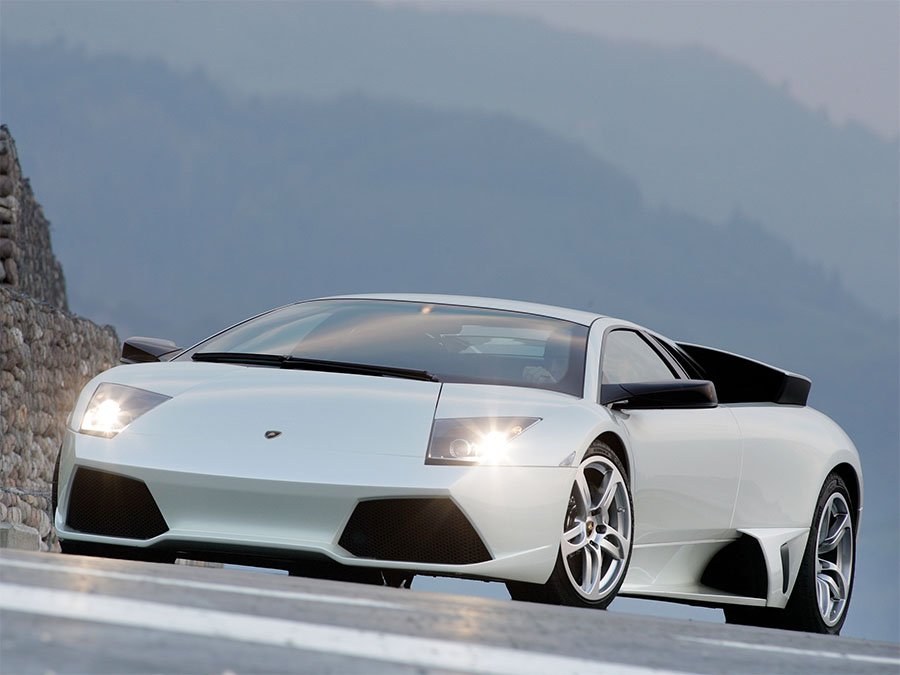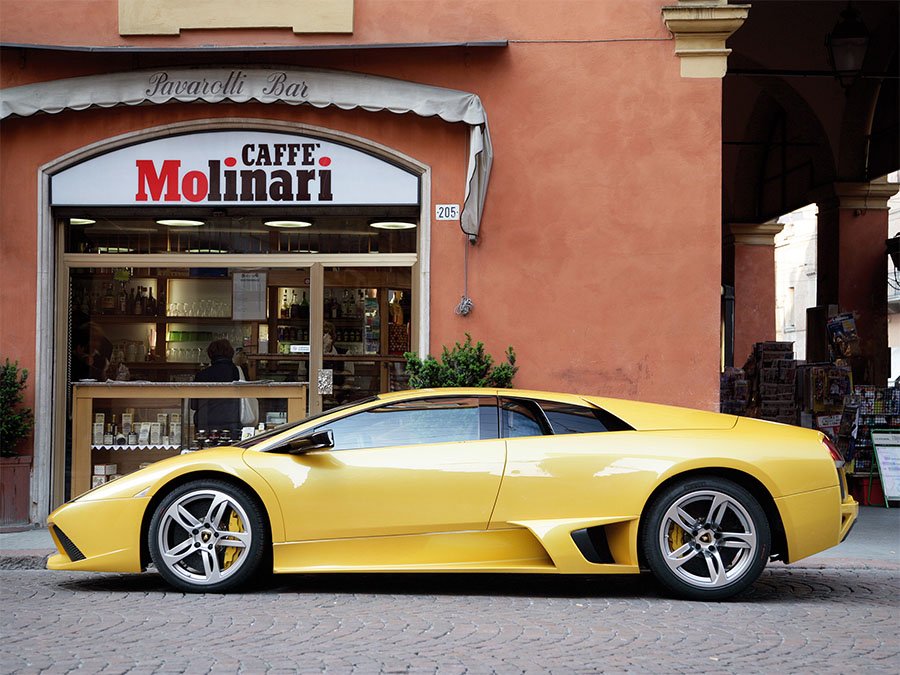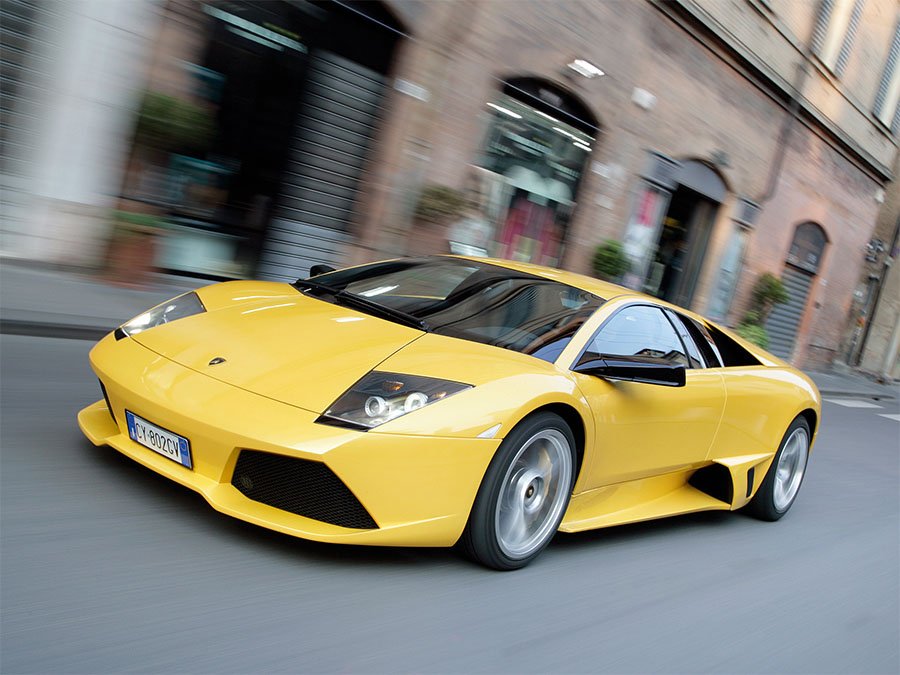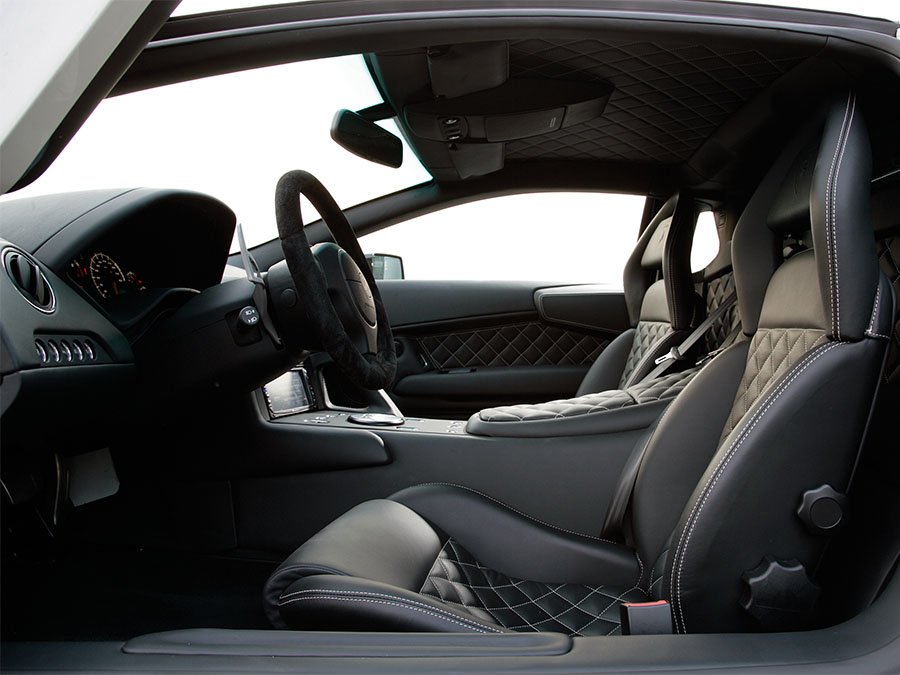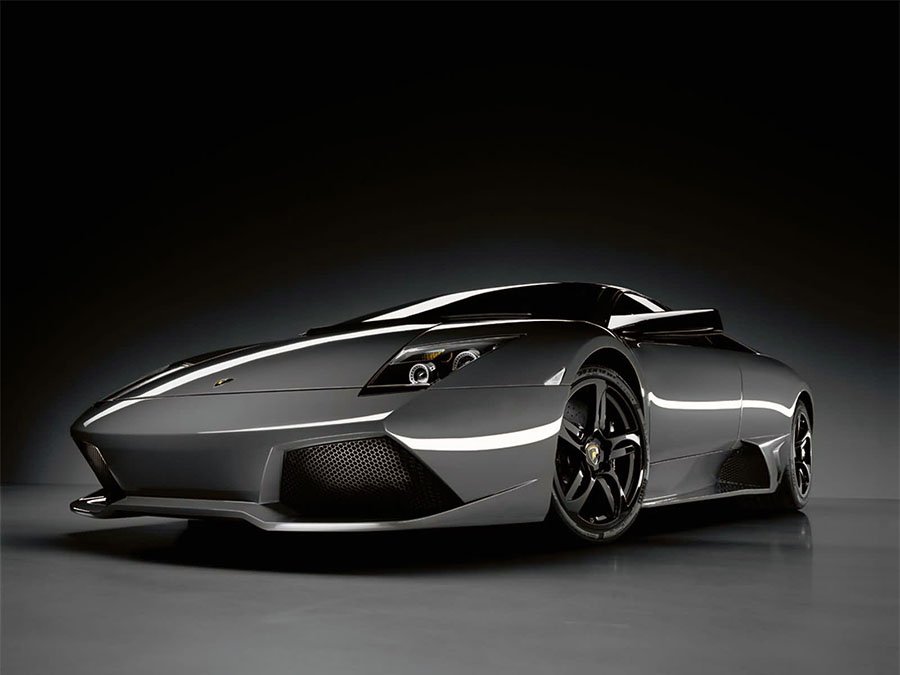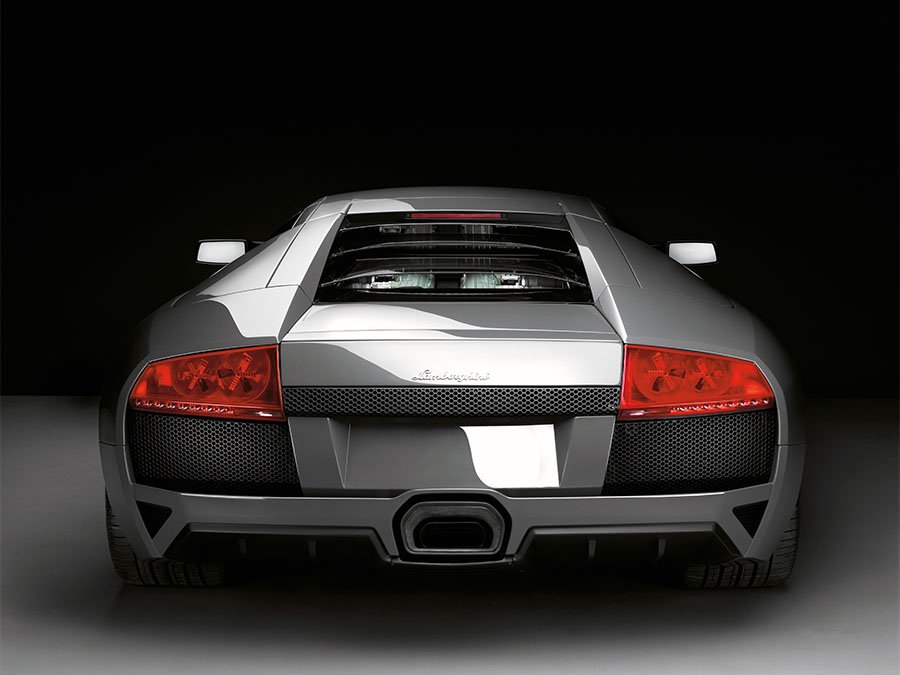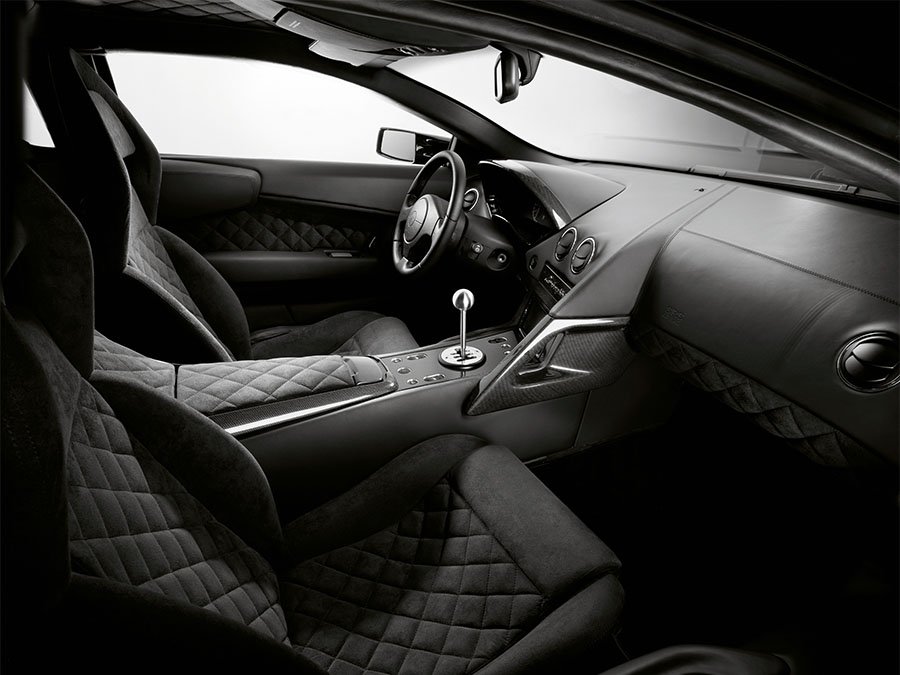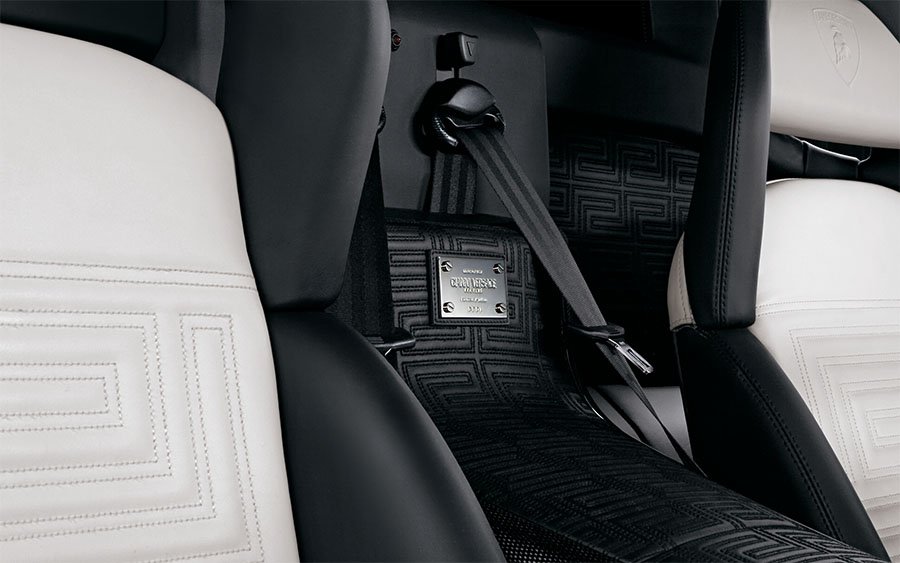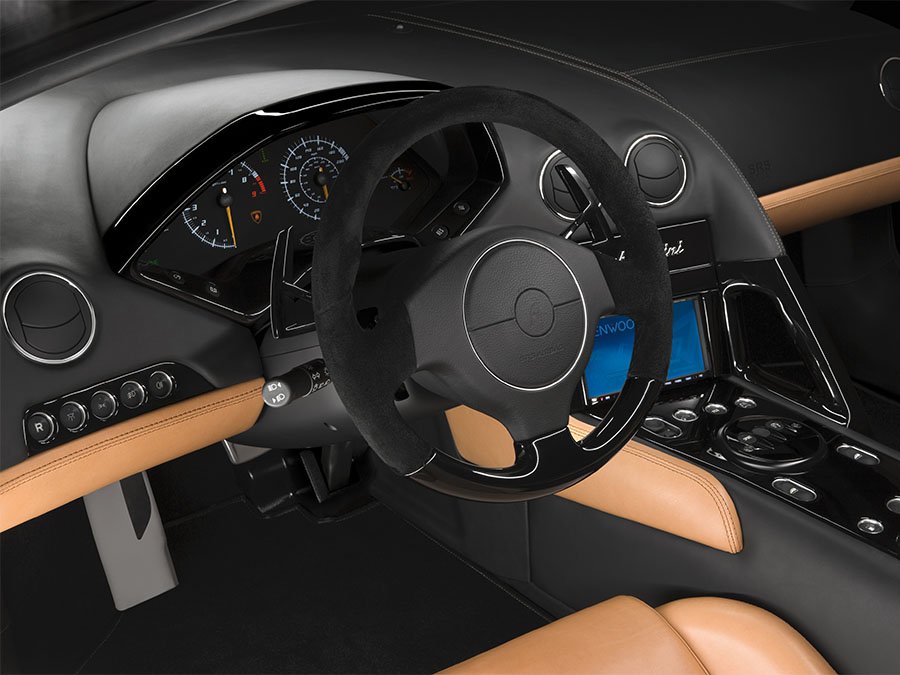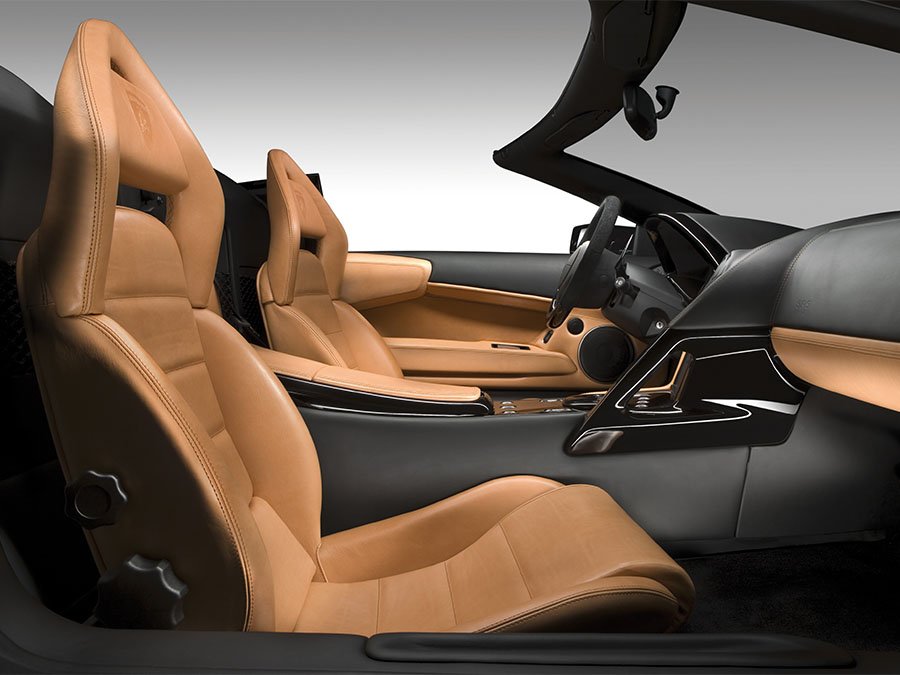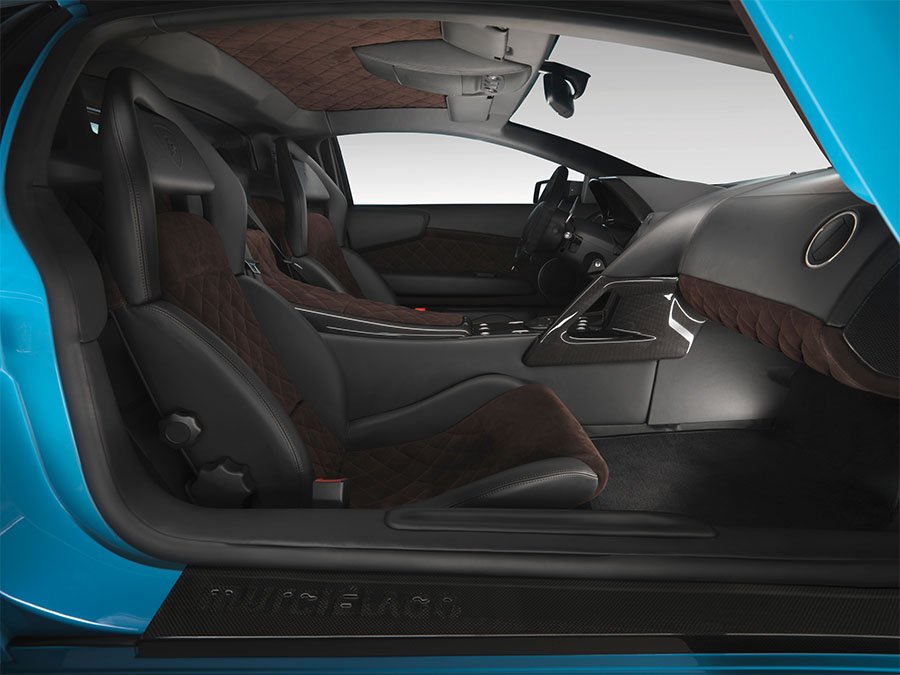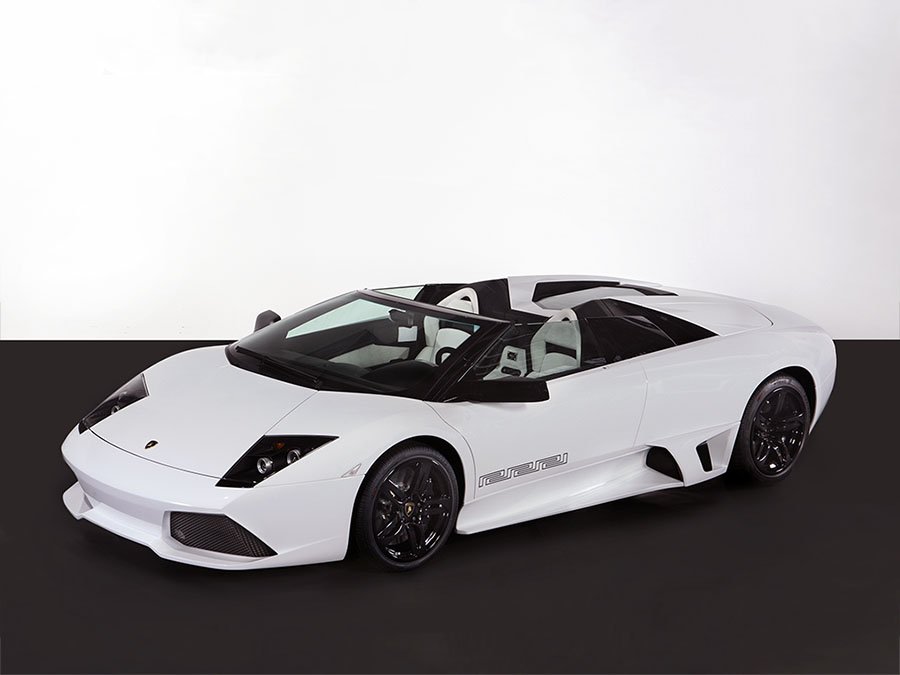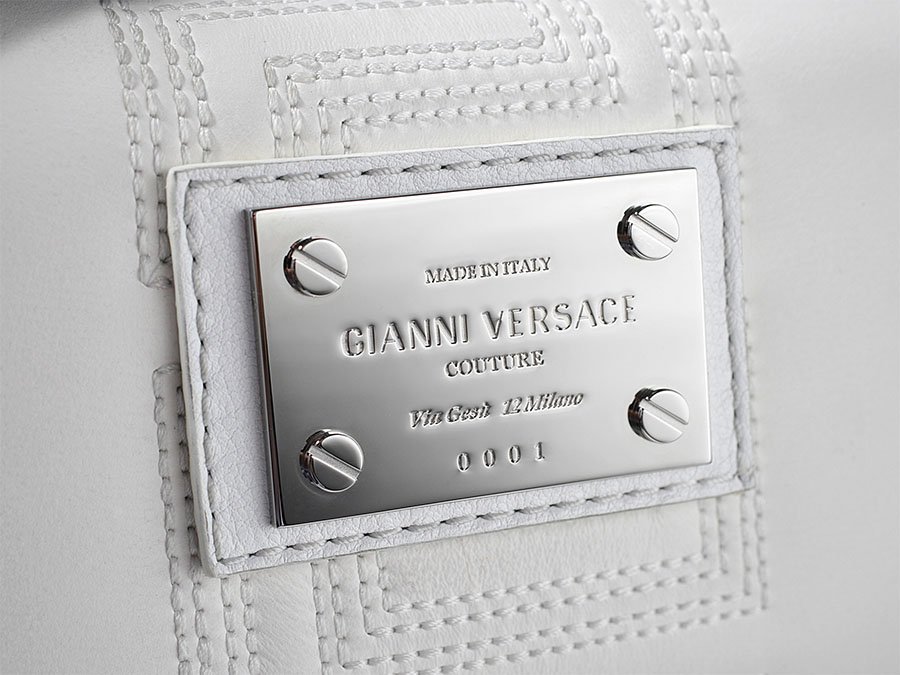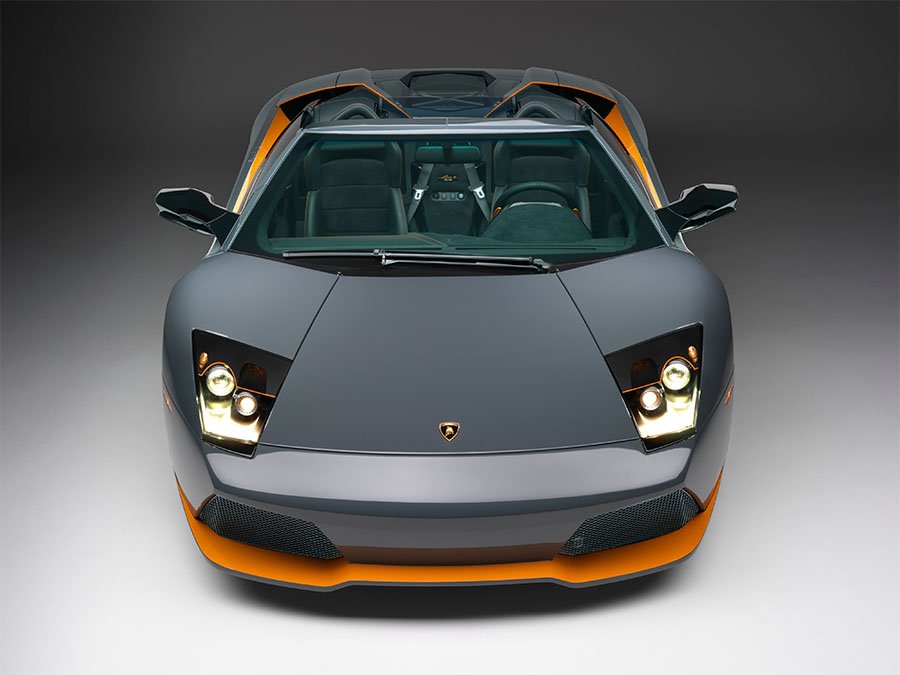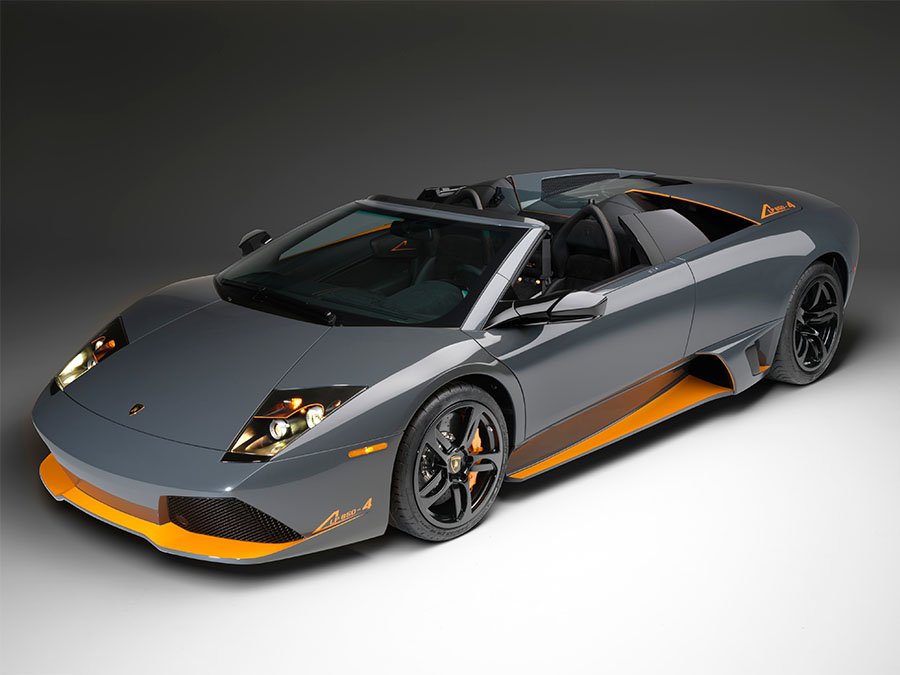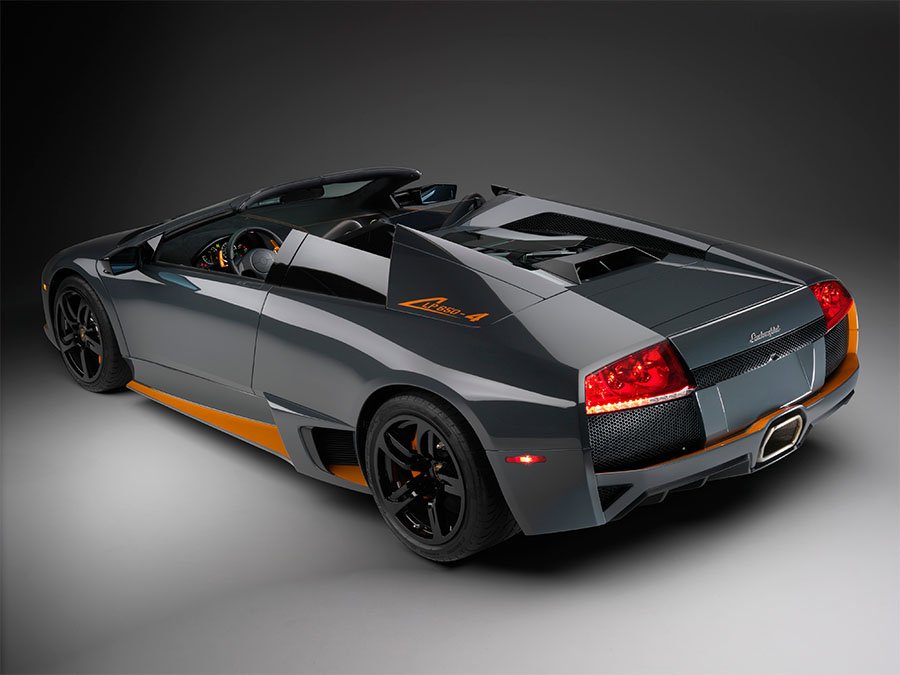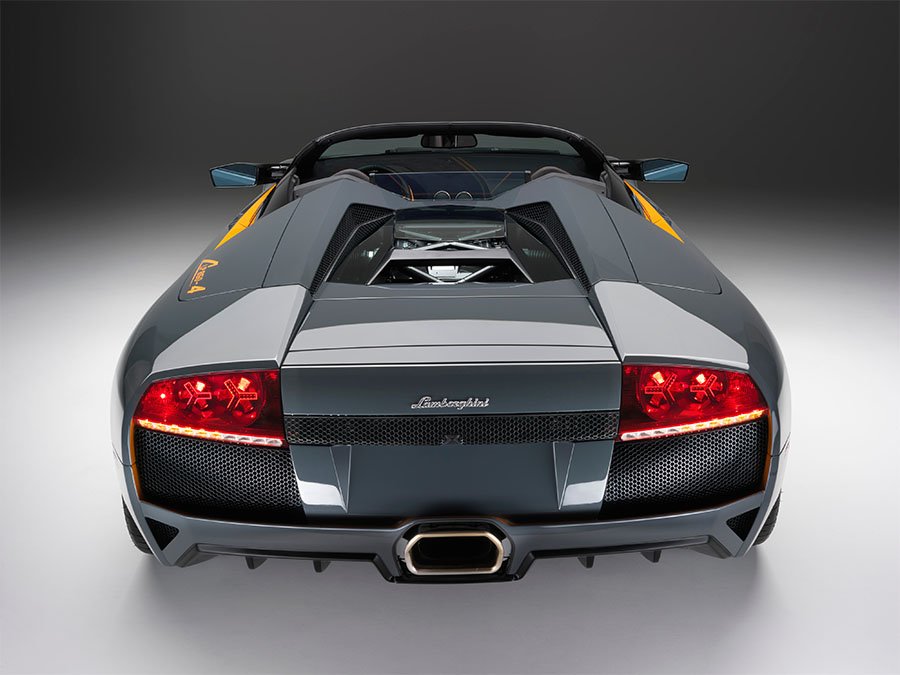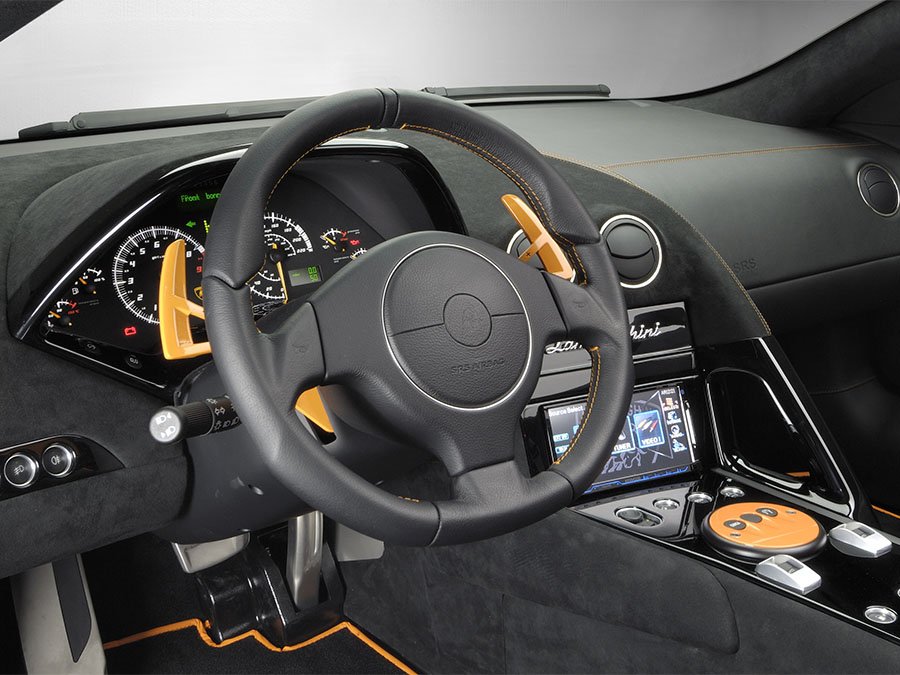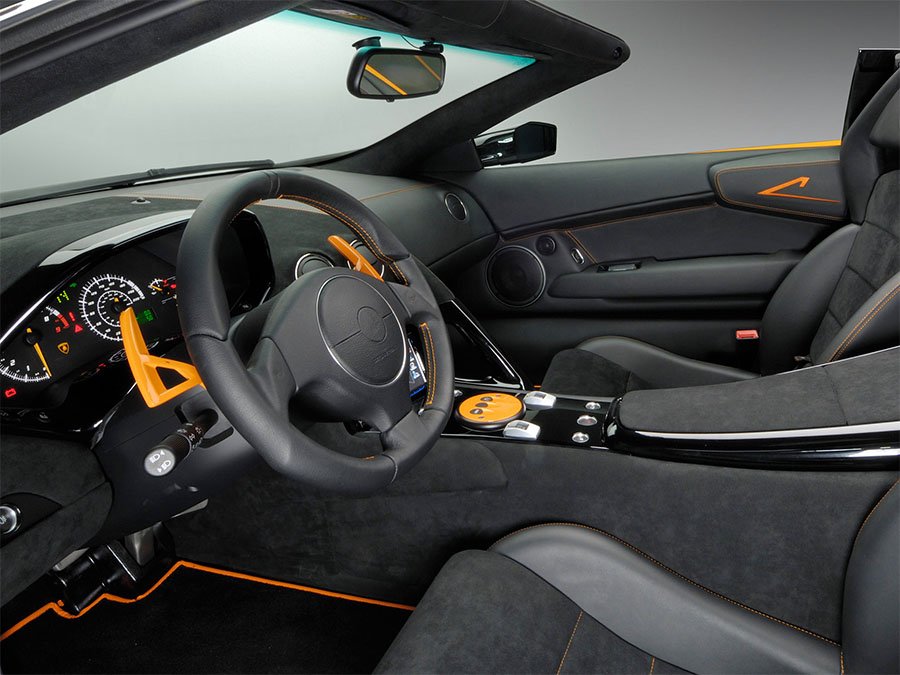Guide: More Everything - a Historical & Technical Appraisal of the Lamborghini Murcielago LP640
/BACKGROUND
After a troubled gestation that was further delayed following the Volkswagen Audi Groups’s takeover of Automobili Lamborghini in 1998, a highly anticipated replacement for the Diablo finally broke cover at the Frankfurt Motor Show in September 2001.
Dubbed Murcielago, it became the fourth generation offering in a line of mid V12-engined products that stretched back to the winter of 1965-1966 and the legendary Miura.
Ferruccio Lamborghini had considered the Miura little more than a useful publicity tool when he first found out that a small group of his engineers had secretly spent their evening and weekends working on it. Ironically, it was the Miura and its successors, the Countach and Diablo, that went on to define the marque in direct contrast to the conservative Grand Tourers that Sig. Lamborghini had originally planned to build.
The 35 year period between the Miura and Murcielago’s arrival had seen Automobili Lamborghini’s fortunes fluctuate wildly; following Ferruccio Lamborghini’s exit during the dark times of 1973-1974, the company had been through four subsequent owners and one bankruptcy. However, the arrival of the Volkswagen Audi Group (VAG) ushered in a new era of much-needed stability.
A key part of VAG’s plan for Lamborghini had been the expansion beyond just a single model line. Over the years, tentative plans to replace the old V8-powered Jalpa had been canned on cost grounds thus massively restricting sales. Following VAG’s takeover, a junior model to sell alongside the V12 flagship was sanctioned and the resultant Gallardo arrived 18 months after the Murciegalo at Geneva in March 2003.
A Gallardo Spider joined the range two years later, at which point attention turned to an updated Murcielago.
The resultant Murcielago LP640 revived the Longitudinale Posteriore moniker last seen on the Countach. It was unveiled in Roadster form at the Los Angeles Motor Show in January 2006. A Coupe variant then followed at the Geneva Motor Show two months later.
In addition to an exterior and interior face-lift, the LP640 came with a bigger, more powerful engine, uprated brakes, handsome new wheels and a variety of hitherto unseen optional extras.
Later, Lamborghini went on to produce a couple of limited edition specials and an even more powerful SV (covered separately).
CHASSIS
Like its predecessor, the Murcielago LP640 was based on a tubular steel spaceframe reinforced with a carbonfibre honeycomb centre section and underbody. The wheelbase measured 2665mm which was 15mm longer than the old Diablo.
Roadster variants had a chassis reinforced with steel and carbonfibre inserts plus an additional brace mounted over the engine.
Suspension was via double wishbones with coil springs and electronic self-adjusting shock absorbers that offered both manual and automatic control. Anti-roll bars were fitted at either end. For the LP640, new springs, dampers and anti-roll bars were installed.
Larger diameter brake discs were also adopted in place of the 335mm originals; the fronts went up to 380mm while those at the back were increased to 355mm. Four-piston calipers were retained at both ends. New software was employed for the four-channel anti-lock brake and electronic brake-force distribution systems.
There were also set of new five twin-spoke Hermera wheels. As before, these were 18-inch diameter rims that measured 8.5-inches wide up front and 13-inches at the back. A silver or dark titanium finish could be specified. OEM tyres were Pirelli P Zero Rosso.
Power steering was once again fitted as standard along with a 100-litre fuel tank located to the right of the engine, up against the rear bulkhead.
ENGINE / TRANSMISSION
Remarkably, in the engine bay was yet another iteration of the all-alloy DOHC 60° V12 that Ferruccio Lamborghini had commissioned from Giotto Bizzarrin back in the early 1960s.
Compared to the outgoing Murcielago, the LP640’s engine was taken out from 6192cc to 6496cc (a gain of 304cc). This was achieved by enlarging the cylinder bores by 1mm (from 88mm to 89mm) and extending the stroke by 2.2mm (from 86.8mm to 89mm).
In addition, the LP640’s cylinder heads, variable intake system, crankshaft, camshafts and exhaust system were all updated. Dry-sump lubrication was retained along with Lamborghini’s own LIE fuel-injection system.
A larger capacity oil cooler was located down the left-hand side of the car. The water radiator on the right-hand side was unchanged.
The compression ratio was reduced from 11.0:1 to 10.7:1.
Revised closed-loop electronic control units improved the on-road performance and responsiveness of the engine.
The LP640’s 631bhp at 8000rpm represented a significant gain over the 572bhp at 7500rpm produced by the outgoing variant.
The torque rating was now 487lb-ft at 6000rpm compared to 479lb-ft at 5400rom for the original Murcielago.
To cope with the LP640’s extra power, Lamborghini fitted a modified six-speed gearbox with revised ratios, a beefier rear differential and new axle shafts.
Two types of six-speed gearbox were offered: a traditional manual or an optional semi-automatic F1-style unit known as E-Gear.
The E-Gear version offered fully automatic gear changes or manual shifts via paddles mounted on the steering column. One of three different drive modes could be specified: Normal (the default setting), Sport (which offered the fastest possible shift times) and Low Adherence (for adverse conditions). For the LP640, cars equipped with E-Gear came with revised software and an uprated clutch. There was also a new launch control system.
As before, Lamborghini’s Viscous Traction permanent four-wheel drive system was utilised. It comprised a rear differential integrated with the engine and a viscous coupling centre differential that transferred power to the front wheels.
Torque distribution was normally 70% rear and 30% front. However, up to 100% of the drive could be applied to a single axle.
For the LP640, the latest generation traction control software was employed.
BODYWORK
Although the LP640’s headlights, fenders, front lid, roof, windscreen, side glass and shoulder-mounted active air intakes were carried over from the outgoing model, the Murcielago’s appearance was freshened up thanks to brand new bumpers, sills, spoilers, mirrors and tail lights.
The revised front bumper featured re-shaped and much bigger air intakes plus a more pronounced chin spoiler that added 30mm to the car’s overall length.
New more aerodynamic exterior mirrors added 13mm to the overall width.
Also down each flank were vented and re-profiled asymmetrical intake scoops ahead of each rear wheel. The left-hand scoop (which fed the oil cooler) had a larger exit vent than the corresponding part on the right-hand side of the car (which fed the water radiator).
At the back of the LP640 was a re-styled bumper and a rear diffuser integrated with the single centrally-exiting exhaust pipe. LED tail lights replaced the original four-bank type.
Other new features included a redesigned windscreen wiper and re-profiled active rear spoiler.
Carbonfibre panels were used throughout with the exception of the roof (steel) and doors (aluminium).
INTERIOR
Inside, Lamborghini equipped the LP640 with redesigned instrumentation but retained the same six dial layout as before. Large analogue read outs for road and engine speed were flanked by smaller dials for fuel, water temperature, oil pressure and oil temperature.
The original centre console-mounted audio system was replaced with a new 6.5-inch Kenwood infotainment display complete with integrated DVD, MP3 and WMA reader.
New seats were designed to create more headroom.
The rest of the cabin remained unchanged with the same three-spoke steering wheel, same dash and same transmission tunnel switchgear.
Air-conditioning, leather upholstery, electric windows, electric windows and multiple airbags were fitted as standard.
OPTIONS
Lamborghini added several previously unseen options to the extras list for the LP640.
At considerable expense, the standard 380mm / 355mm cast-iron brake discs could be switched for ceramic composite Carbonfibre-Reinforced Silicon Carbide items with a 380mm diameter and six instead of four-piston calipers.
As opposed to the Coupe’s Miura-esque slatted engine cover, a vented glass panel could be specified which left the V12 engine on full display.
Inside, customers could request new diamond-pattern Q-citura stitching (seat centres, door panel centres, knee roll, centre armrest and headliner). Sport seats and chrome E-gear paddle shifters were now available too.
Also new were exposed carbonfibre inserts for the leading edge of the instrument binnacle, the fore, central and aft sections of the centre console / transmission tunnel, the steering wheel and parking brake.
The Roadster could now be configured with an exposed carbonfibre engine brace.
Instead of full leather, customers could request leather and alcantara or full alcantara upholstery.
For the first time, the Roadster’s asymmetric upholstery became available for the Coupe.
Existing optional extras carried over from the previous iteration included E-gear transmission, a satellite-navigation system (standard in Japan), two-tone upholstery, contrast stitching and an electronic front axle lift.
WEIGHT / PERFORMANCE
Both Coupe and Roadster variants of the LP640 were quoted at 1665kg. Compared to the original Murcielago, this represented a 15kg gain for the Coupe and a 14kg reduction for the Roadster.
The 0-62mph time dropped from 3.8 seconds to 3.4 seconds.
Top speed of the Coupe went from 207mph to 211mph. The Roadster went from 204mph to 205mph.
LP640 VERSACE
At the Paris Motor Show in September 2006, Lamborghini announced a limited run of ten Versace edition LP640 Coupes.
Two exterior colours were offered: Isis White or Aldebaran Black, both of which came with gloss black wheels.
Inside, two-tone seats were trimmed in black leather with white centres. Versace’s trademark Greek fret stitch pattern was applied to the seat bases and backrests, the headliner, centre armrest and rear bulkhead.
A numbered silver plaque was mounted at the back of the centre armrest.
Each car also came with a set of named and numbered Versace fitted luggage, a pair of calfskin Versace driving shoes and matching Versace driving gloves.
At no additional cost, buyers could specify a Versace Greek fret logo for the base of each door.
A matching watch was available at extra cost.
2008 AD PERSONAM
At the Detroit Motor Show in January 2008, Lamborghini expanded their Ad Personam personalisation programme to include a new range of matt paint colours, gloss black interior panels and extra exposed carbonfibre inserts for both the Murcielago and Gallardo.
LP640 ROADSTER VERSACE
June 2008 saw Lamborghini announce the availability of a produced-to-order LP640 Roadster Versace edition.
The specification included a new glass engine cover (previously unseen on the Roadster) and Versace’s Greek fret pattern for the seat centres, door panel centres, centre armrest and knee roll.
Special two-tone seat upholstery saw the top faces finished in a contrasting colour to the backs and side sections.
Reputedly, uptake was very low and only a handful of Versace-edition LP640 Roadsters were constructed.
LP650-4 ROADSTER
The last non-SV Murcielago special edition was announced in March 2009.
Thanks to re-mapped engine management software, the LP650-4 Roadster offered a 10bhp gain over the standard variant with 641bhp as opposed to 631bhp at an unchanged 8000rpm. The torque rating was unaffected.
Built in a limited run of 50 units, the LP650-4 Roadster came with an array of unique features in addition to its slightly more potent engine.
Externally, each car was painted Grigio Telesto with Arancio highlights applied to the chin spoiler, headlights, brake calipers, running boards, shoulder-mounted intake scoops and tail fascia. Arancio LP650-4 motifs were also applied to the front apron and the active sail panel intake flaps.
A transparent engine cover was fitted as standard along with the E-gear transmission.
Inside, black alcantara was used to upholster the seat centres, the driver’s side of the dash, the transmission tunnel sidewalls and centre armrest. The rest of the non-carpeted upholstery was black leather. Arancio stitching was used throughout. The E-gear paddles and circular drive mode selector were also finished in Arancio.
Uniquely, the leading edge of the instrument binnacle in addition to the fore, central and aft sections of the centre console / transmission tunnel were finished in high gloss black.
END OF PRODUCTION
Production of the Murcielago came to an end on November 5th 2010 by which time Lamborghini had completed 4099 examples.
Although precise figures are not currently available for the LP640, we estimate that around 1300 were built in Coupe form and circa 450 as Roadsters.
The Murcielago was in turn replaced by the Lamborghini Aventador which broke cover at Geneva in March 2011.
Text copyright: Supercar Nostalgia
Photo copyright: Lamborghini - https://www.lamborghini.com
